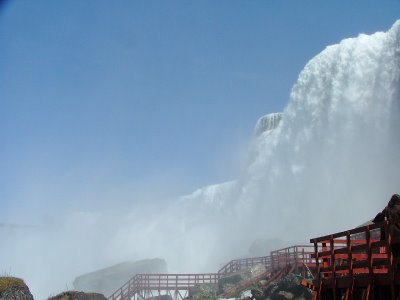Spring flowers!

This one below is rather hypnotic and nicely symmetrical.
This Little Wood Rose is unlike its cousins and is also Alberta's Provincial symbol and flower.
Follow my travels and experiences as I wander through forested mountain landscapes, drinking in the beauty that awaits us all, just waiting for us to reach out and grasp this present reality PS © All rights reserved for these photos

This Little Wood Rose is unlike its cousins and is also Alberta's Provincial symbol and flower.
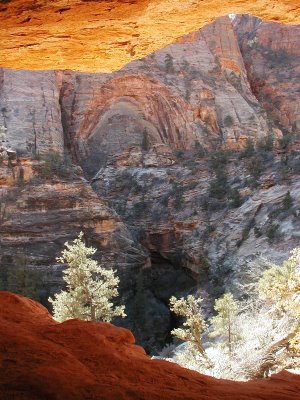
Here is another place called Red Rocks, but this one is in California, at the extreme southern end of the Sierra Nevada along State Highway 14, between Mojave and the scenic US Highway 395. It's really nothing more than a turnout in the desert but, it IS very geologically interesting and photogenic.
We finally return to the snows of Yosemite again and, this should cool you off from the coming summer heat. Looking at this picture, some may realize that they only have around 200 shopping days until Christmas.
We finally come to the Sequoia National Monument and the 100 Giants. Even the huge old growth ponderosa pine below is dwarfed by the massive Sequoia bigtrees. After the sequoias were first discovered, "tall tales" of these monsters were taken back to the east coast and people back there couldn't (and some WOULDN'T) believe that a tree could grow so big. Even after stripping all the bark off an entire tree and reassembling it in Washington DC, people declared it to be a hoax (fooling the public was a popular activity for some in those days). These trees only exist naturally in a handful of scattered groves along the western slopes of the Sierra Nevada, their range diminished 100-fold by an ancient change in our global temperature. The largest Sequoia tree in the world is over 26 feet in diameter and 350 feet tall, one of nature's largest living things. Also, the largest tree in Europe is a planted giant Sequoia, as there is no "old growth" left in all of Europe.
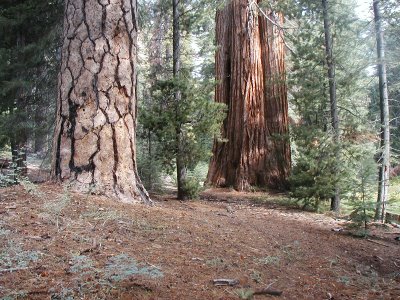
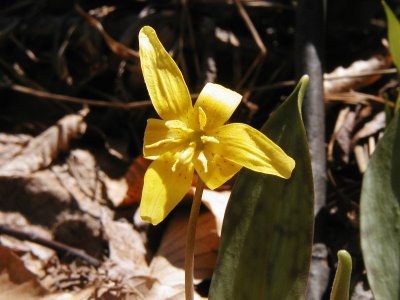
Here's what it looked like to be measuring these trees. Pete just happened to get one of his trees randomly selected to be a "measure tree". Luckily, he got one that was pretty easy because it was laying flat on the ground. Often, a tree is hung up in another one and some trigonometry is sometimes required.
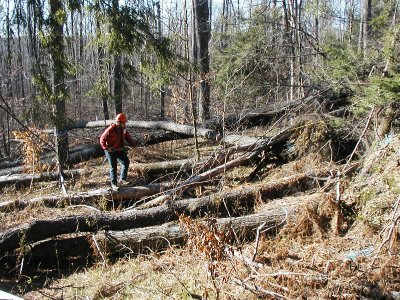

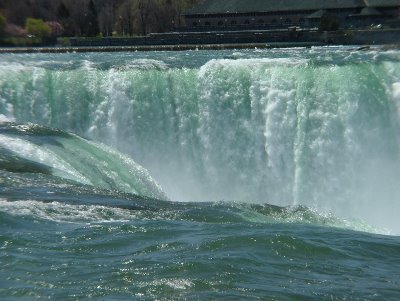
This next shot seems to remind people of the ocean, with all the mist and the water. I like how I was able to exclude all traces of human "intrusion" from this picture.
This last one is my favorite, making this tourist icon look deserted. The wind conditions made it so that the mist wasn't too much of a problem. The "awe factor" is in full force when you get down below the falls.
